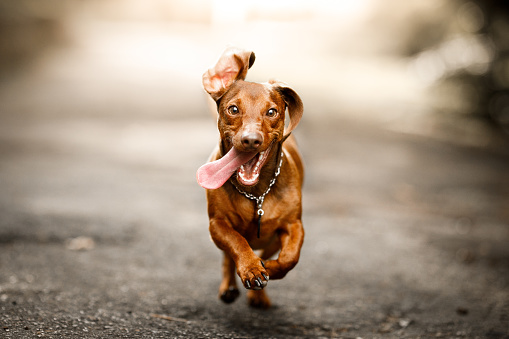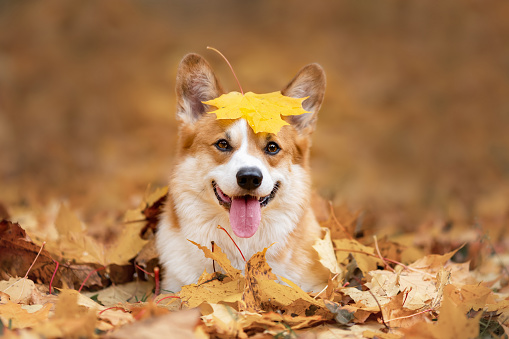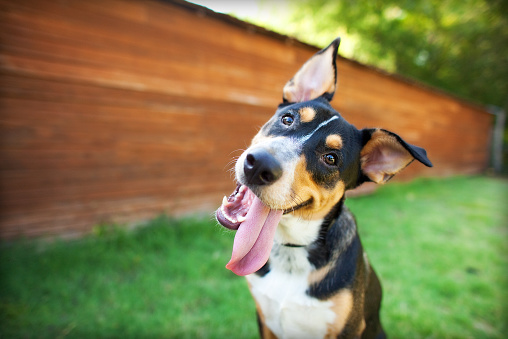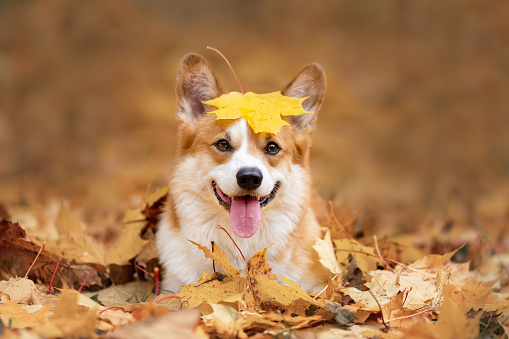ANIMAL BEHAVIOUR ESSENTIALS: WHAT YOU NEED TO KNOW
Have you ever doubted the ability of your pet to think? When you drop them off at the local dog groomer, what message are their actions trying to convey to you? It is beneficial to learn more about what your pet’s behaviour may signify even though you may draw some logical assumptions about their conduct. It may not only make life easier, but understanding what your animal is attempting to tell you can also help you build a stronger bond with your pet. Every pet owner needs to understand the principles of animal behaviour, which in most cases involves observing their body language.
A dog showing teeth

IMAGE CREDITS: istockphoto.com
A dog showing its teeth to you may result in a variety of different outcomes. You should not take this lightly or you risk suffering the effects of your decision. The dog might be attempting to communicate its unhappiness to you right now. This is a serious caution that should not be disregarded. When dogs show their fangs to you or anybody else, they are acting aggressively, hostilely, or domineeringly out of fear. Be careful not to encourage such behavior. However, could you not also not treat it lightly? As a result, the dog might bite you or someone else.
Digging: animal behaviour
Dogs’ propensity for digging, which is driven in part by genes, is a fantastic confidence booster. Dogs instinctively go toward dens for protection, and digging is an activity that comes naturally to them. If you wish to control unwanted digging, don’t leave your dog unattended or provide them a digging spot. The first thing to do if you suspect your dog is stressed out about digging is to manage the stress rather than the digging itself.
Circling: animal behaviour

IMAGE CREDITS: istockphoto.com
Regular circle-waddling in dogs raises the possibility of certain health issues. If your dog is constantly circling and you are unable to stop them, your dog may have a health problem that has to be treated. The dog will circle incessantly if he has an intestinal obstruction. Pets older than ten years old may experience unexplained vertigo condition, which makes them spin around. The majority of dogs can develop brain tumours and get poisoned. To decipher what your pet is trying to tell you, pay attention to its actions. You should take him to the doctor for a check-up if he is unable to stop the circling.
Your pet’s separation anxiety
When a dog is left alone for a long time, their separation anxiety may become active. Some dogs resort to disruptive habits including digging, clawing at doors, gnawing, and persistent howling or barking to find their owner. You may help your dog feel less anxious by doing some conditional training.
Dog behaviour is typically, but not always, simpler to understand than cat behaviour because of thousands of years of canine-human cohabitation.
- A dog is typically pleased or at ease when its tail is held high and wagged loosely. On the other hand, rigid tails kept straight back signify that your dog feels threatened. When afraid or extremely submissive, dogs hold their tails between their legs.
- Play-bowing, also known as lowering one’s chest to the ground while maintaining a high hip position, is the worldwide symbol for “Play with me!”
- Stress indicators – The behaviour of yawning (even when not exhausted), lip-licking, and glancing away are all indicators of stress or overstimulation in dogs. Give them some room now.
- A person or inanimate object being mounted or humped is not always a sexual act. A dog may mount to gain attention, to try to assert authority, or to relieve stress. Consult an authorized animal behaviourist for advice if mounting starts to be a problem.
Cats express themselves through a variety of body language, facial expressions, and vocalizations. It’s crucial to learn how to read these indications if you want to strengthen your relationship with your cat and avoid conflict.
- Tail: A confident, laid-back cat will have an upright tail or one that is only slightly curled at the tip. When coiled around an animal’s or human’s legs, it conveys friendliness. When your cat’s tail is upright and has a “bottlebrush” appearance or is flailing back and forth, it implies it feels threatened.
- Face expressions: Does your cat give you a slow-moving wink or nudge its head on your leg as a greeting? Congratulations—your cat respects and loves you! A cat may also be afraid, aggressive, or poised to pounce if it has flattened ears and dilated pupils.
- Vocalizations: In the wild, adult cats don’t usually meow at one another. Meowing is an adaptation that cats have made to communicate with their human relatives. You can learn when your cat wants meals, is saying hello, or needs assistance by carefully listening to the many noises that cats make.
But how does animal behaviour affect our life?

IMAGE CREDITS: istockphoto.com
What comes to mind when you think of an animal? a cute rabbit bunny. a cat that has been housed. When we hear the word “animal,” these are the first things that come to mind. Although we tend to think of them as these adorable little creatures who want to curl up in our laps and spend the entire day licking their paws, they are much more than that. They are unique, lovely beings with unique tastes and personalities.
How many people could survive without their pets? Pets are a big part of many people’s lives. Numerous animals give their owners affection and company. Pets can bring so much joy to a person’s life that it can be difficult to imagine returning to a life of solitude or spending every day without receiving love or care from another being. Animals and people like spending time together in the modern world.
Importance of training your dog
An important aspect of an animal’s health and wellbeing is training for pets. Untrained animals may damage themselves or anyone around them and cause difficulties for specialists trying to work with them. Animals who receive training can expend extra energy while also living longer and in better health thanks to improved bodily function. The intellect of animals can also be raised with the right training techniques.
USEFUL LINKS:
- https://www.animalmedical.net/blog/2020/06/animal-behavior-essentials-what-you-need-to-know/
- https://www.wiley.com/en-us/Essential+Animal+Behavior-p-9780632057993
We’ve for you gift guide for pets: https://theperfectblogger.com/gift-guide-for-pets/
Try some pet-friendly recipes at home: https://theperfectblogger.com/7-pet-friendly-dinner-recipes-you-must-try-at-home/




